Broan BBN3306SSC Handleiding
Bekijk gratis de handleiding van Broan BBN3306SSC (63 pagina’s), behorend tot de categorie Afzuigkap. Deze gids werd als nuttig beoordeeld door 49 mensen en kreeg gemiddeld 4.9 sterren uit 25 reviews. Heb je een vraag over Broan BBN3306SSC of wil je andere gebruikers van dit product iets vragen? Stel een vraag
Pagina 1/63

INSTALLATION,
USE & CARE INSTRUCTIONS
HB0385
WWW.BROAN-NUTONE.COM WWW.BROAN-NUTONE.CA
Serial number:
1105026D
Powerpack Inserts
Model numbers:
BBN3306SS, BBN3306SSC

INSTALLATION, USE & CARE INSTRUCTIONS
TABLE OF CONTENTS
2
Safety .....................................................3-4
Installation .................................................5-15
Recommended Tools and Accessories ......................................5
Contents ...........................................................5
Install Ductwork (Ducted Installations Only) ..................................5
Remove the Adapter/Damper ............................................6
Remove the Cabinet Brackets ...........................................6
Prepare the Cabinet ................................................7-9
Prepare the Unit .................................................10-11
Install the Unit ...................................................12-14
Connect Ductwork ...................................................14
Wiring ............................................................15
Install the Filters ....................................................15
Operation ................................................16-17
Soft-Touch Control . . . . . . . . . . . . . . . . . . . . . . . . . . . . . . . . . 16
Heat Sentry™ . . . . . . . . . . . . . . . . . . . . . . . . . . . . . . . . . . . 16
Code Ready™ Technology Activation . . . . . . . . . . . . . . . . . . . . . . . . 17
Maintenance and Cleaning . . . . . . . . . . . . . . . . . . . . . . . . . . . . . . . . . . . . . .18
Grease Filters . . . . . . . . . . . . . . . . . . . . . . . . . . . . . . . . . . . 18
Non-Ducted Recirculation Filters . . . . . . . . . . . . . . . . . . . . . . . . . . 18
Stainless Steel Cleaning. . . . . . . . . . . . . . . . . . . . . . . . . . . . . . . 18
Wiring Diagram ...............................................19
Service Parts .................................................20
Warranty ....................................................21
Product specificaties
| Merk: | Broan |
| Categorie: | Afzuigkap |
| Model: | BBN3306SSC |
Heb je hulp nodig?
Als je hulp nodig hebt met Broan BBN3306SSC stel dan hieronder een vraag en andere gebruikers zullen je antwoorden
Handleiding Afzuigkap Broan
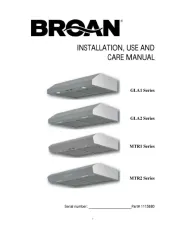
3 Juni 2025
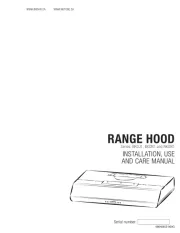
17 April 2025

17 April 2025
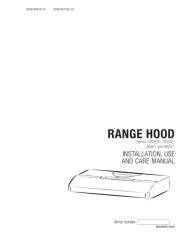
17 April 2025

17 April 2025
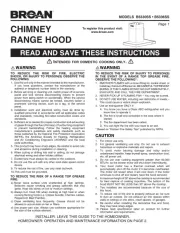
17 April 2025
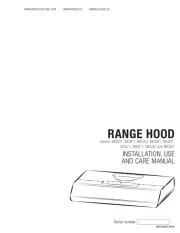
17 April 2025
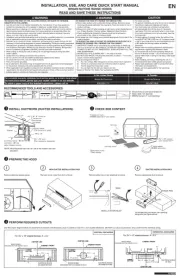
16 April 2025
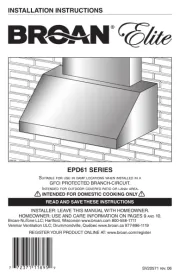
16 April 2025
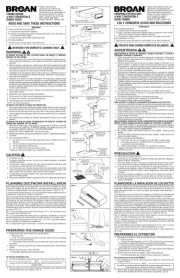
15 April 2025
Handleiding Afzuigkap
- Ariston Thermo
- Signature
- V-Zug
- Exquisit
- Oranier
- Sam Cook
- Sirius
- Fulgor Milano
- Tesla
- Baumatic
- Cylinda
- Fisher And Paykel
- Berg
- Silverline
- Lofra
Nieuwste handleidingen voor Afzuigkap
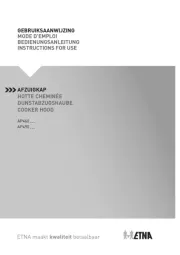
13 September 2025
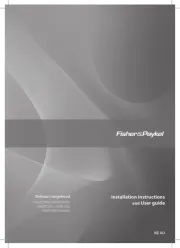
9 September 2025
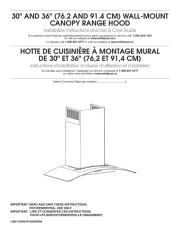
9 September 2025
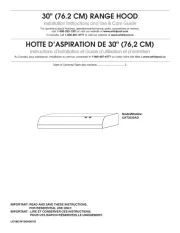
9 September 2025
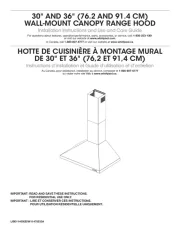
9 September 2025
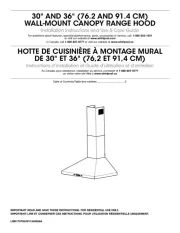
9 September 2025
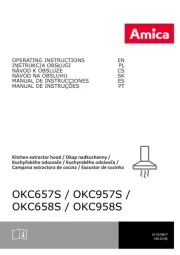
8 September 2025
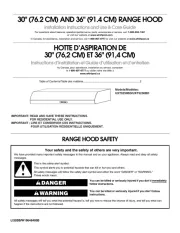
8 September 2025
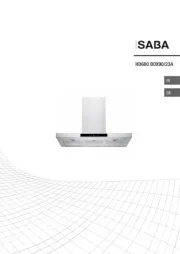
8 September 2025
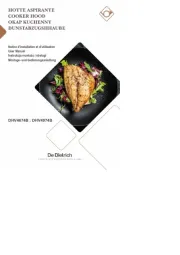
8 September 2025